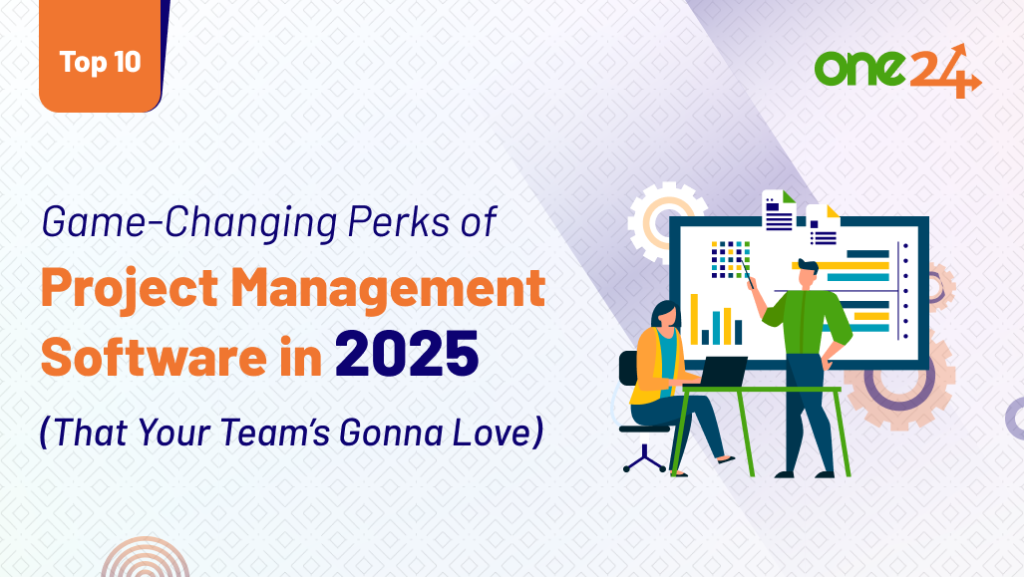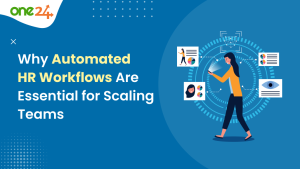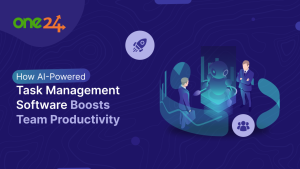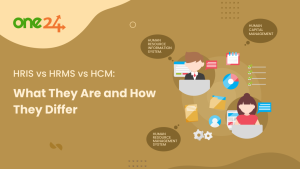Ever feel like you’re herding cats trying to keep projects on track? You’re not alone. In today’s hybrid work chaos, where your designer might be in Bali while your developer’s burning midnight oil in Berlin, old-school spreadsheets just don’t cut it anymore.
Modern project management software isn’t just a digital to-do list. They’re more like having a super-organized assistant who never sleeps, catches problems before they blow up, and somehow gets your team actually talking to each other. Let’s break down why 2025’s software is a total game-changer.
1. Crystal-Clear Project Visibility (No More “Who’s Doing What?”)
You know that sinking feeling when three people think someone else handled a task? Good software kills that confusion dead. It’s like having X-ray vision for your projects, seeing task progress, roadblocks, and who’s swamped in real-time. Take Basecamp’s “Hill Chart” for example. It visually shows which tasks are uphill (in progress) versus downhill (nearly done). Suddenly, status meetings become way shorter because everyone can see the big picture.
Pro move: Pick tools that show task dependencies. That way, when the graphics team runs late, you’ll instantly know it’ll push back the web developer’s timeline.
2. Smarter Work Distribution (Bye-Bye, Burnout)
Ever accidentally overload your star employee while others twiddle their thumbs? Software with workload views fixes this by showing who’s at capacity. It’s kinda like Tetris, you can slot tasks where they fit best without crashing the stack.
Real-world win: A Toronto ad agency uses a workload chart to balance campaign tasks across writers, designers, and devs. Result? 30% fewer late nights and way happier teams.
3. Collaboration That Doesn’t Fall
Remember playing email tag for days to get feedback on a design? Modern tools bake communication right into tasks. Need input? @mention your teammate on the relevant task. It’s like Slack and your project plan had a baby.
Case in point: A SaaS startup keeps client feedback loops tight by discussing edits directly in project files linked to their tasks. No more digging through inboxes for that crucial comment from three weeks ago.
4. Spidey-Sense for Project Risks
Some 2025 tools use predictive analytics; basically, they’re like weather forecasts for your projects. By crunching past data, they’ll warn you if, say, coding usually takes 40% longer than planned in your team.
Protip: Look for tools that flag risks early. Got a vendor who always delivers late? The system will nudge you to adjust timelines before it’s crisis mode.
5. Ownership That Actually Sticks
Nothing kills momentum faster than vague responsibilities. When tasks are assigned transparently with deadlines in the system, there are no “I thought you were doing that!” moments.
Dev team hack: One software house tags each bug fix with the assignee’s name and due date. Public accountability means 70% faster resolutions.
6. Killing Busywork With Automation
Let’s be honest, updating spreadsheets is soul-crushing. Smart tools auto-update statuses when tasks move, send reminders, and even generate reports while you grab coffee.
Time-saver: Set up recurring tasks for weekly check-ins. The system pings your team every Monday at 10 AM like clockwork.
7. One Home for All Your Files
No more “Final_Final_v3_Revised.docx” chaos. Centralized storage means contracts, designs, and notes live right where the work happens.
Life-changing: A law firm stores all case documents in Mattermost channels linked to case milestones. Paralegals save 5+ hours weekly just by skipping file hunts.
8. Scope Creep Forcefield
Those “tiny” client requests that balloon projects? Good software keeps everyone honest with clear baselines. When someone suggests adding “just one more feature,” you can instantly see how it’ll impact the timeline.
Pro tip: Use features like monday.com’s change request forms. Clients submit asks formally, forcing conscious decisions instead of casual “Sure, we can add that!” slippage.
9. Learning From Your Wins (and Messes)
Ever finish a project and immediately forget what went wrong? Analytics dashboards show patterns, maybe your team consistently underestimates QA time by 20%.
Growth hack: A marketing team reviews Wrike’s velocity charts quarterly. Now they buffer extra time for client revisions after learning they add 15 days on average.
10. Onboarding That Doesn’t Hurt
New hires typically waste weeks figuring out where things stand. With full project histories in the tool, they can see past decisions, current priorities, and who knows what, cutting ramp time in half.
The Conclusion
In 2025, skipping project management software is like using a paper map for a cross-country road trip. Sure, you might eventually arrive, but why deal with wrong turns and missed exits? AI tools adapt to how you work, not the other way around. The best part? Most offer free trials, so you can test-drive before committing.







